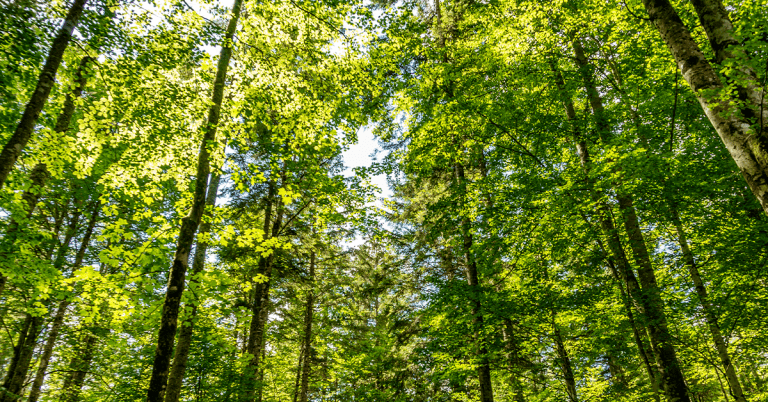Climate change is one of the biggest challenges we face in the 21st century. To reduce our carbon footprint and combat global warming, we need to shift to cleaner energy sources and invest in new technologies, such as carbon capture. However, these projects require large investments, which can be difficult to obtain from traditional sources of financing. This is where green bonds come in. Understand what green bonds are, how they work, and their role in financing carbon capture projects!
What are green bonds and how they relate to carbon capture?
Climate change has become a major concern worldwide, with efforts being made to mitigate the effects and prevent further damage. One of the ways of doing this is through carbon capture technology, which reduces the amount of carbon dioxide emissions from power plants and other industrial processes.
While financing these carbon capture projects can be challenging, the development of green bonds, there is a new way for investors to get involved in supporting the transition to a more sustainable future.
Green bonds are a financial instrument designed to support environmentally friendly projects. They can be issued by governments, corporations, and other organizations. The proceeds from green bonds are earmarked for projects that have specific environmental benefits, such as reducing carbon emissions or promoting clean energy.
Green bonds are considered a type of investment-grade bond, meaning they are issued by a reputable issuer and have a low risk of default.
There are several features that green bonds possess that distinguish them from traditional bonds. One of the most important features is the use of proceeds. The funds from green bonds must be used for specific projects that meet certain environmental criteria, as defined by the issuer.
Another important feature is transparency. Green bonds must be accompanied by a detailed report on the use of proceeds, so that investors can see how the funds were used. Finally, green bonds are often certified by a third-party organization, such as the Climate Bonds Initiative, to ensure that they meet specific environmental standards.
It’s worth noting that green bonds offer several benefits to investors. The first benefit is diversification. By investing in green bonds, investors can add a new asset class to their portfolio, which can help reduce risk.
Green bonds also offer the potential for higher returns, as many environmentally friendly projects are high-growth areas. Finally, green bonds allow investors to align their investments with their values, by supporting projects that have a positive impact on the environment.
But how does the market for green bonds work and how it relates to carbon capture?
The green bonds market is on a growing trend
The market for green bonds has grown significantly in recent years. In 2020, the total value of green bonds issued worldwide was over $305 billion. This represents a 12% increase from the previous year.
The United States is the largest market for green bonds, followed by China and France. The growth of the green bond market is expected to continue, as more investors seek to support environmentally friendly projects.
So, what is the role of green bonds in financing carbon capture projects? Carbon capture technology aims to capture carbon dioxide from industrial processes and store it underground. This technology has the potential to significantly reduce carbon emissions from power plants and other industrial sources.
However, the cost of carbon capture projects is high, and financing can be difficult to obtain. Green bonds offer a way to finance these projects, by providing a new source of funding for environmentally friendly projects. As the market for green bonds continues to grow, the availability of financing for carbon capture projects is likely to increase.
In fact, the Climate Bonds Initiative estimates that the green bond market for carbon capture and storage could reach $1 trillion by 2050. By investing in carbon capture projects through green bonds, investors can support the development of this important technology while also generating a financial return.
Green bonds are an important way to promote environmentally friendly projects
Green bonds are an important financial instrument for promoting environmentally friendly projects, such as carbon capture. They offer several benefits to investors, including the potential for higher returns and the ability to align investments with their values.
The market for green bonds has grown significantly in recent years and is expected to continue to expand.
As more investors seek to support environmentally friendly projects, green bonds are likely to play an increasingly important role in financing carbon capture and other sustainable projects.

